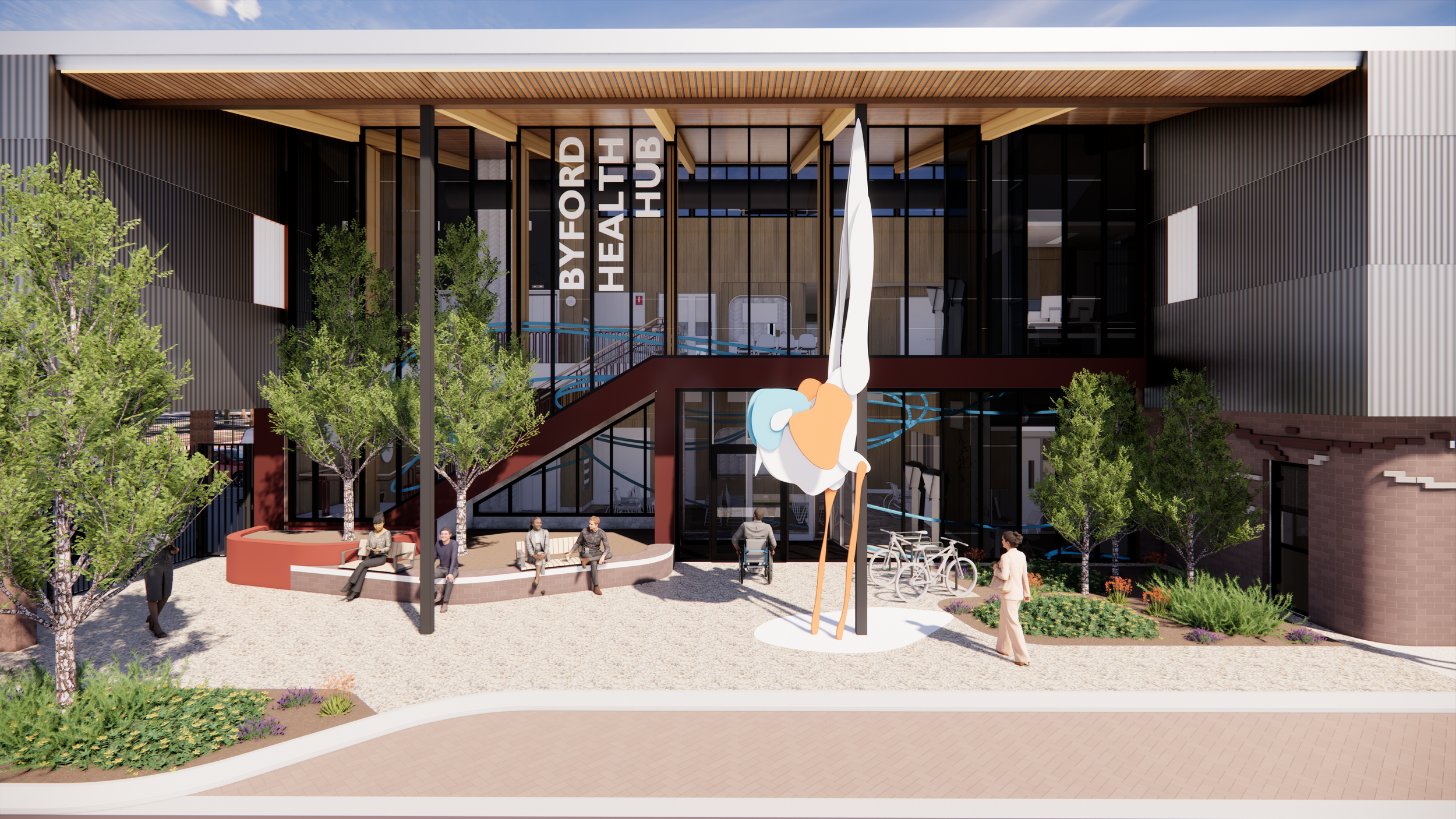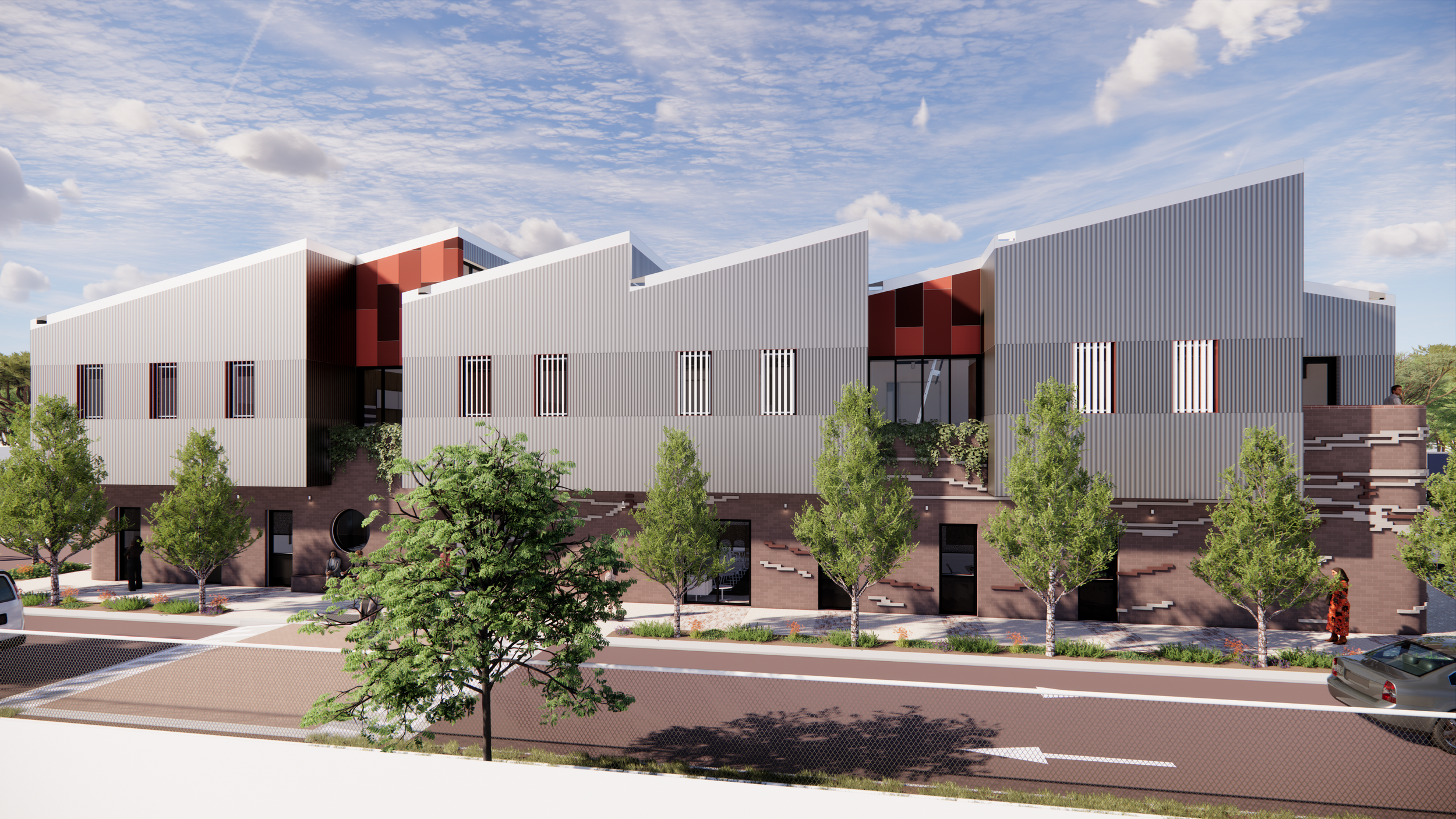Byford Health Hub
Integrating a variety of vital community health services for Perth’s south-eastern suburbs








Following Carabiner’s feasibility study in 2023, we were appointed to collaborate with the Department of Finance, East Metropolitan Health Service, Clinicians and the community to design a consolidated facility that will provide accessible, community-based health, preventative and social care services for the region.
Client
Department of Finance, East Metropolitan Health Service
Location,
Byford, WA
Construction Value
$42.2m
Completed
Due for completion 2027
Carabiner Team
Project Director: David Karotkin
Team members:
Pete Spence
Ahmad Salam
Christina Geldenhuys
Alita Ngo
Colby Bayliss
Siobhán Page
Includes:
Multiple consulting rooms, flexible multi-purpose areas and support facilities
Byford Health Hub (BHH) is a two-storey community health building comprising of multiple consulting rooms, flexible multi-purpose areas and support facilities in the Byford town centre. The facility is located within the Shire of Serpentine-Jarrahdale (a growing community of over 36,000 residents).
The Hub masterplan integrates health services such as urgent care, community care navigation, community health nurses, enhanced primary mental health, aged care and disability support, healthy community intervention and specialist outpatient services.
Like most healthcare facilities, BHH will balance the requirements of multiple stakeholders, from medical staff, allied health and the greater community, across all levels of care. These needs were reflected intuitively in our design. We focused on accessibility and circulation between departments, and clear separation between staff and public zones.
A core design outcome was alignment with Byford’s diverse and welcoming spirit. We engaged with aboriginal advisory groups and a variety of local representatives to listen to and incorporate insights from the community.
The project’s aesthetic was inspired by a material palette of earthy reds and umber, grounding the built form within the natural environment, and combining old and contemporary local character. These tonal choices are cohesively reflected in the landscaping, street furniture and paved trafficable areas.
Interior spaces are calming, oriented to allow natural daylighting and support a biophilic connection to the outdoors, which research has proven to enhance health and recovery outcomes.



